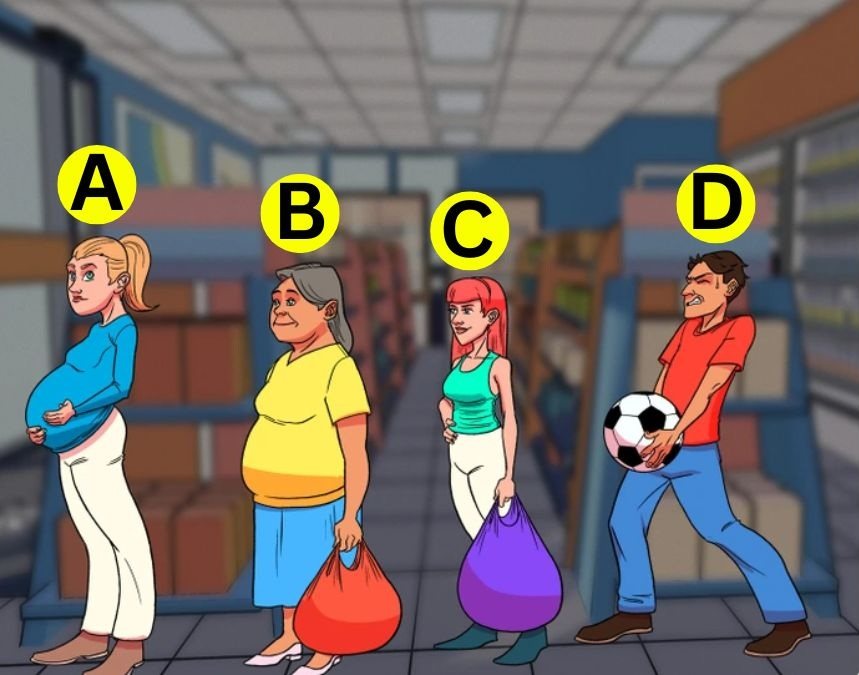What is an optical illusion? Illusions are visual trickery that use colour, light, and patterns to create images that can be deceptive or misleading to your brain. And why are optical illusions interesting? These visual illusions offer insights into how your brain processes visual information and how perception works. Artists and designers use optical illusions to create visually engaging and thought-provoking works which can be used to challenge your brain.
The three main types of optical illusions are literal, physiological, and cognitive. Literal illusions involve images that are different from the objects they represent, while physiological illusions are caused by excessive stimulation of the eyes and brain. Cognitive illusions, on the other hand, occur when the brain misinterprets visual information based on learned patterns and expectations.
That is why it is only a handful of people who are able to solve an optical illusion challenge. The 1 per cent refers to the percentage of people who can solve this optical illusion brain teaser challenge in the given time. If you are one with eyes as sharp as a detective, you would probably have exceptional visual perception and attention to detail that most people might not have. These allow you to spot anomalies and solve mysteries quickly.
Today's optical illusion brain teaser is not as straightforward as it seems. The one who stole a watermelon in this picture has used a visual trick that deceives your eye and brain. Solving this optical illusion brain teaser challenge indicates strong cognitive abilities. Let's see if you spot who stole a watermelon in 5 seconds.
Visual IQ Test: Spot Who Stole A Watermelon In 5 Seconds!

Here is your optical illusion for the day.
The optical illusion image above features a group of people standing in a waiting line at a grocery store.
The challenge here is to identify the thief who has stolen a watermelon.
Can you ace this optical illusion brain teaser challenge in 5 seconds?
To solve this mystery, observe the details of the image carefully.
Scan every little detail. Anything can help you reveal the thief.
Observe the body language, clothing, facial expressions, or any item that seems odd from its natural properties.
Is someone trying to hide something?
Does their clothing have an unusual budge?
Do they have a bag or other item that could be used to conceal the watermelon?
Is someone exerting unusual effort to hold something that appears to be just a regular item not as heavy as a watermelon?
Think like a detective.
Answer revealed!
Did you figure out who stole a watermelon? It is the man at the end of the line who did. He is carrying a watermelon concealed in a football. Look he is putting too much effort to carry a football.

You may also like...
Comments
All Comments (0)
Join the conversation